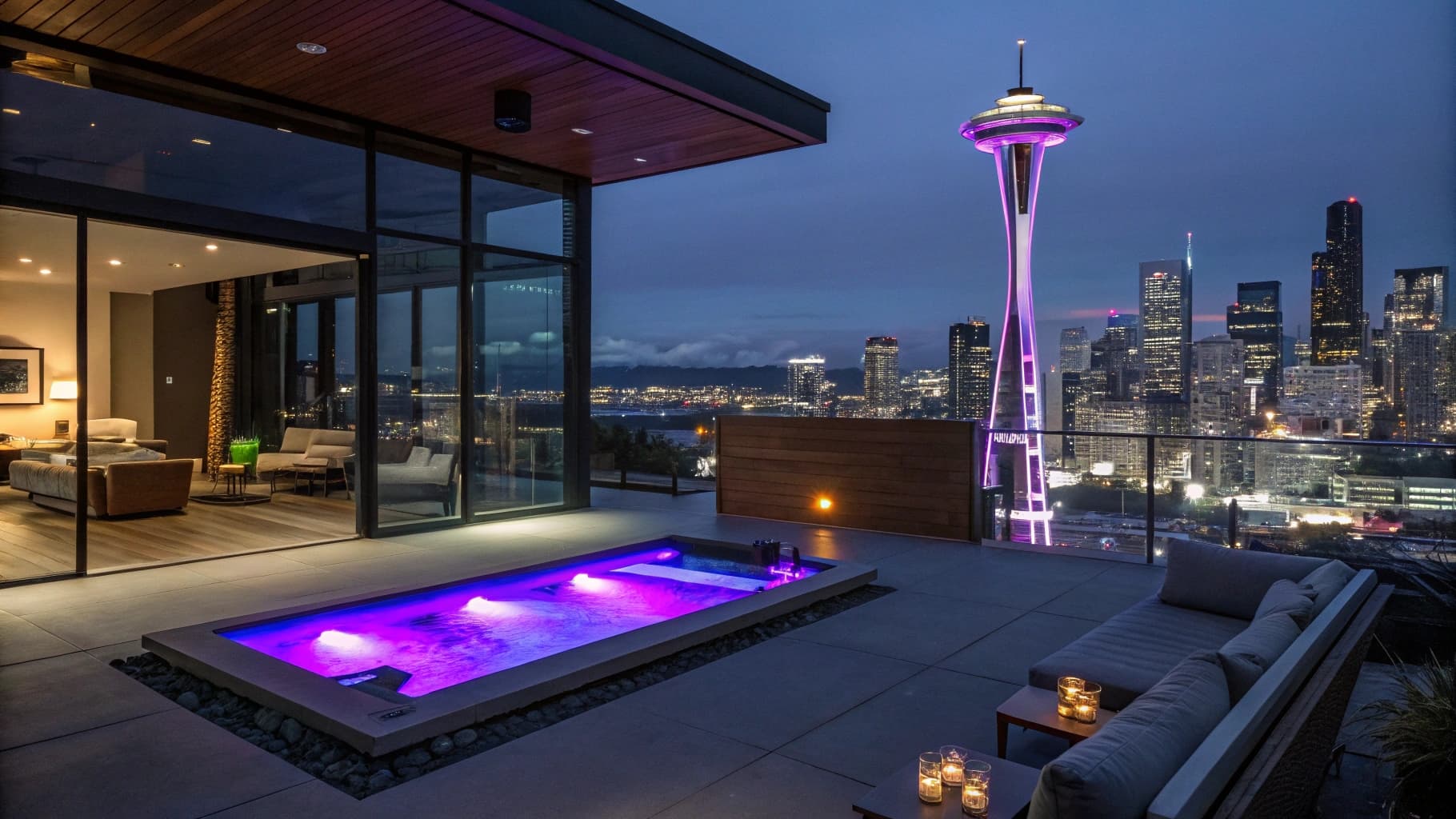When I first considered moving to an urban area, I was often deterred by the pervasive myth of exclusivity that surrounds city living. Many people believe that urban environments are only for the wealthy or those with elite social status. This notion is perpetuated by media portrayals of glamorous city life, where only the affluent can afford to live in chic apartments or dine in trendy restaurants.
However, my experience has shown me that cities are far more inclusive than they appear. In reality, urban areas are melting pots of diverse cultures, backgrounds, and income levels. I have found that there are numerous neighborhoods that cater to a wide range of budgets, making city living accessible to many.
Moreover, the myth of exclusivity often overlooks the vibrant community spirit that thrives in urban settings. I have discovered that cities are filled with opportunities for connection and collaboration, regardless of one’s financial standing. From community gardens to local art initiatives, there are countless ways for residents to engage with one another and contribute to the fabric of their neighborhoods.
This sense of belonging is a powerful counter to the idea that city life is reserved for a select few. By embracing the diversity and inclusivity of urban living, I have come to appreciate the richness that comes from sharing space with people from all walks of life.
The Myth of High Maintenance Costs:
Researching Affordable Options
While it is true that some neighborhoods can be pricey, I have learned that there are also plenty of affordable options available. By doing thorough research and exploring different areas, I found that I could find a comfortable living space without breaking the bank.
The Value of Convenience
In my experience, having access to a plethora of services and entertainment options within walking distance has saved me both time and money. Instead of spending on gas or public transport fares to reach distant locations, I can easily stroll to my favorite coffee shop or grocery store.
Reaping the Benefits of Urban Living
This accessibility not only enhances my quality of life but also allows me to allocate my budget more effectively. Ultimately, I have found that the perceived high maintenance costs of city living can be mitigated by making informed choices and embracing the benefits of urban convenience.
The Myth of Limited Space:
One of the most daunting myths I faced when considering a move to the city was the idea that urban living equates to limited space. The stereotype of cramped apartments and tiny rooms can be off-putting for many potential residents. However, my journey has revealed that there is a wide variety of housing options available in urban areas, ranging from spacious lofts to cozy studios.
While it is true that some apartments may be smaller than what one might find in suburban settings, I have discovered that clever design and efficient use of space can create a comfortable and functional living environment. Moreover, the concept of limited space extends beyond the walls of my apartment. Urban living often provides access to numerous public spaces such as parks, community centers, and recreational areas.
These shared spaces allow me to enjoy nature and engage in outdoor activities without feeling confined to my home. I have found that city life encourages a different perspective on space; rather than focusing solely on square footage, I have learned to appreciate the abundance of experiences and opportunities available just outside my door. This shift in mindset has transformed my understanding of what it means to live in an urban environment.
The Myth of Inaccessibility:
The myth of inaccessibility is another barrier that often prevents people from considering city living. Many believe that urban areas are difficult to navigate due to traffic congestion, limited parking, or inadequate public transportation systems. However, my experience has shown me that cities are designed with accessibility in mind.
Public transit options such as buses, subways, and trams provide efficient means of getting around without the hassle of driving. In fact, I have found that relying on public transportation not only saves me money but also allows me to engage with my surroundings in a more meaningful way. Additionally, the myth of inaccessibility often overlooks the walkability of many urban neighborhoods.
I have discovered that living in a city means having essential services—such as grocery stores, healthcare facilities, and entertainment venues—within easy reach. This convenience has made my daily life more manageable and enjoyable. Instead of spending hours commuting or searching for parking, I can simply step outside and immerse myself in the vibrant energy of my community.
By embracing the accessibility that urban living offers, I have come to appreciate how cities can enhance my overall quality of life.
The Myth of Constant Noise:
One prevalent myth about city living is the assumption that it is synonymous with constant noise and chaos. Many people envision bustling streets filled with honking cars and loud crowds, leading them to believe that urban environments are unbearable for those seeking peace and quiet. However, my experience has taught me that cities can be surprisingly serene if one knows where to look.
While it is true that some areas may be noisier than others, I have found numerous pockets of tranquility within the urban landscape. For instance, many cities boast beautiful parks and green spaces where one can escape the hustle and bustle. I often find solace in these natural retreats, where I can enjoy a moment of calm amidst the vibrant energy of city life.
Additionally, many residential buildings are designed with soundproofing measures to minimize noise from outside sources. By choosing my living space wisely and seeking out quieter neighborhoods, I have been able to create a peaceful sanctuary within the heart of the city. This realization has allowed me to appreciate the dynamic nature of urban life while still finding moments of tranquility.
The Myth of Safety Concerns:
Neighborhood Variations and Community Engagement
However, my experience has shown me that safety varies greatly from one neighborhood to another, and many urban areas are quite safe for residents. By conducting thorough research and choosing my location wisely, I have been able to find a community where I feel secure and at ease. Moreover, cities often have robust community policing initiatives and neighborhood watch programs aimed at fostering safety and security among residents. I have witnessed firsthand how engaged communities work together to create safer environments through collaboration and vigilance.
Access to Emergency Services and Support
Additionally, urban areas tend to have more resources available for emergency services and support systems than rural regions. This accessibility has given me peace of mind knowing that help is readily available if needed.
Challenging the Myth and Appreciating Urban Living
By challenging the myth of safety concerns, I have come to appreciate the sense of security that can be found within urban living.
The Myth of Lack of Privacy:
The belief that city living equates to a lack of privacy is another common misconception I encountered during my transition to urban life. Many assume that living in close proximity to others means sacrificing personal space and solitude. However, my experience has shown me that privacy can be maintained even in bustling environments.
While it is true that apartments may be closer together than in suburban settings, there are various ways to create personal boundaries within an urban context. For instance, I have learned to establish routines that allow me to carve out time for myself amidst the hustle and bustle of city life. Whether it’s taking early morning walks or enjoying quiet evenings at home with a good book, these moments help me recharge and maintain my sense of self amidst the vibrant energy around me.
Additionally, many modern apartment buildings offer amenities such as private balconies or rooftop gardens where residents can enjoy their own space while still being part of a larger community. By embracing these opportunities for solitude within an urban setting, I have found a balance between social engagement and personal privacy.
The Myth of Limited Resale Value:
Finally, one prevalent myth surrounding city living is the belief that properties in urban areas have limited resale value compared to suburban homes. Many people assume that investing in a city apartment is a risky venture due to fluctuating market trends or perceived instability in metropolitan areas. However, my experience has shown me that urban properties can hold significant value over time if chosen wisely.
Cities often experience growth and revitalization efforts that contribute positively to property values. Furthermore, the demand for housing in urban areas remains strong due to factors such as job opportunities, cultural attractions, and lifestyle amenities. As more people seek out the benefits of city living, I have witnessed firsthand how property values can appreciate significantly over time.
By staying informed about market trends and choosing neighborhoods with potential for growth, I have been able to make sound investments in my future while enjoying all the advantages that urban life has to offer. Ultimately, challenging the myth of limited resale value has empowered me to embrace city living as both a fulfilling lifestyle choice and a wise financial decision.
FAQs
What are some common myths about penthouse ownership?
Some common myths about penthouse ownership include the belief that penthouses are always expensive, that they are only for the ultra-wealthy, and that they are always located in the city center.
Are penthouses always expensive?
Penthouses can be expensive due to their luxurious features and prime locations, but there are also more affordable options available in some markets.
Are penthouses only for the ultra-wealthy?
While penthouses are often associated with luxury and wealth, they are not exclusively for the ultra-wealthy. There are penthouse options available at various price points to cater to different budgets.
Are all penthouses located in the city center?
While many penthouses are located in city centers due to the demand for luxury living in prime locations, there are also penthouses available in suburban and waterfront areas.

